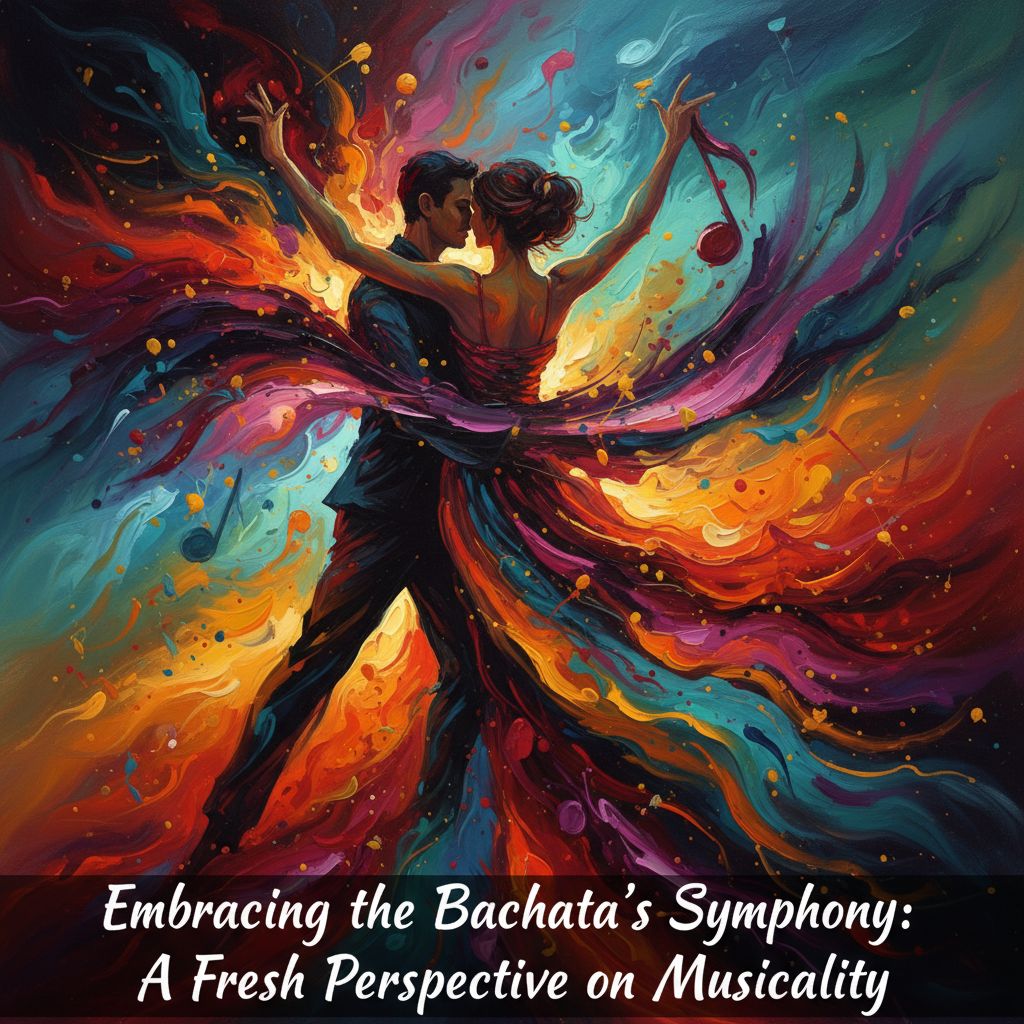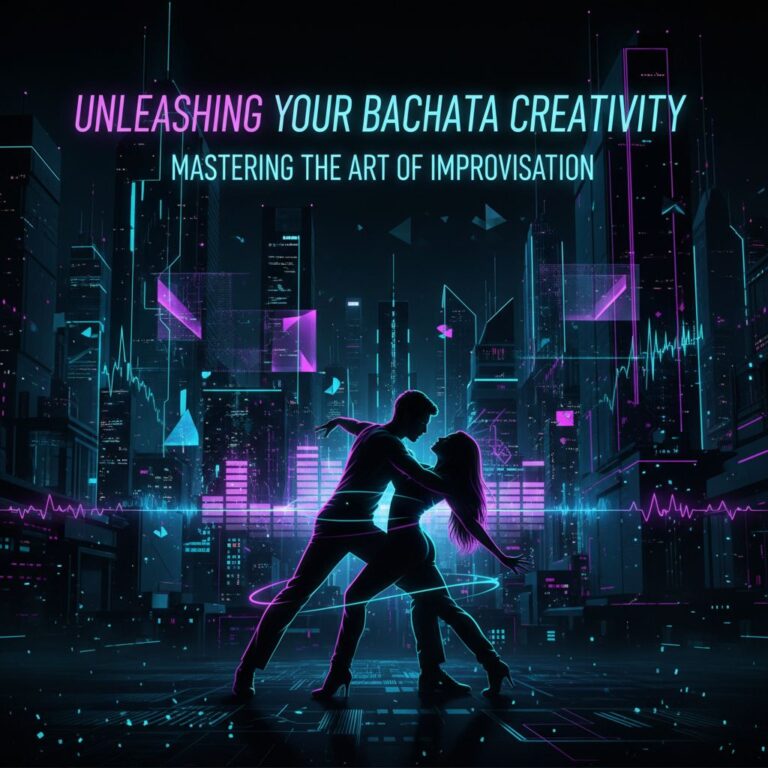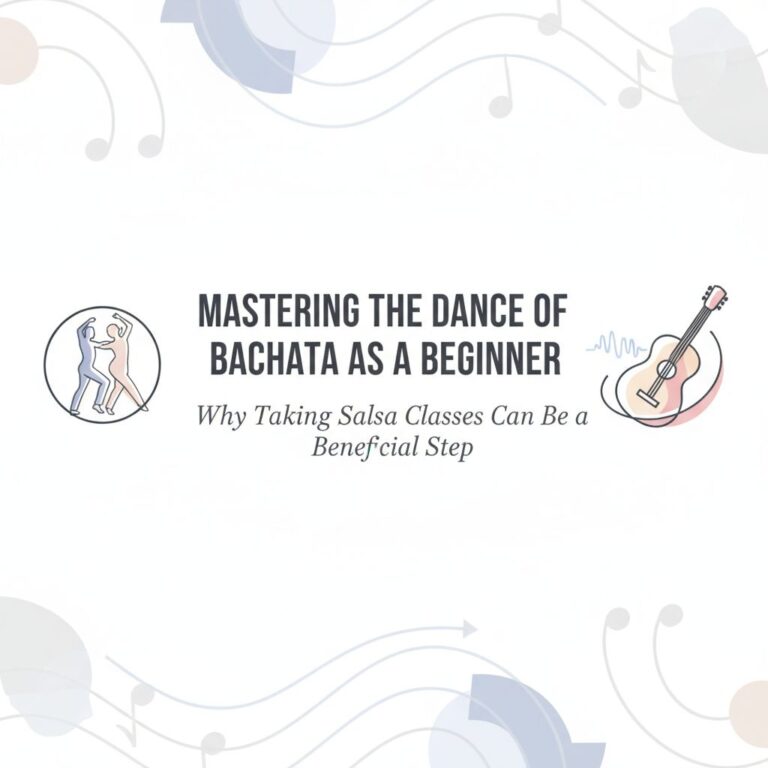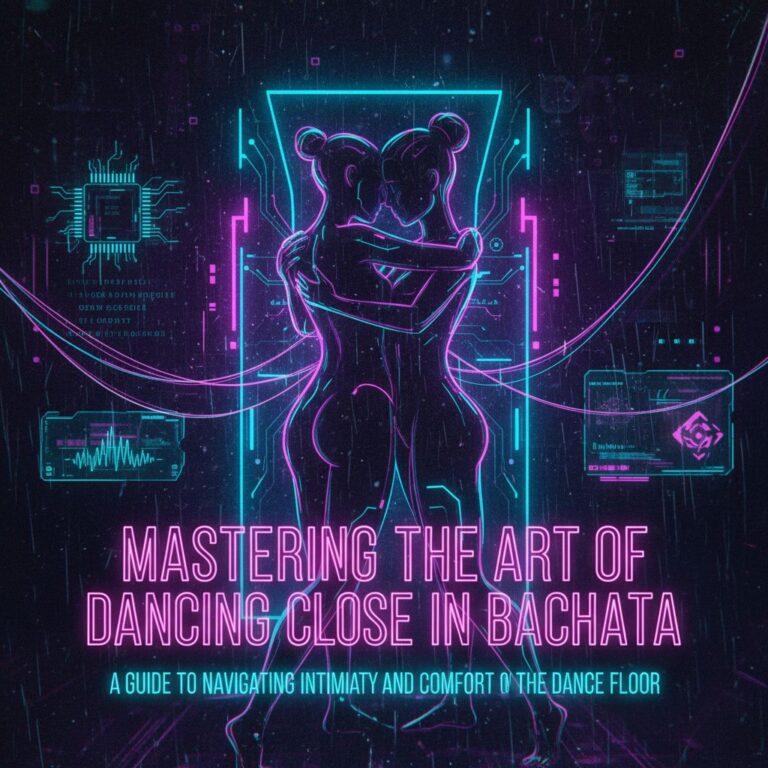Discovering the Depths of Bachata Musicality
Bachata, a dance form with roots in the Dominican Republic, is more than just a rhythm or a set of steps. It’s an expression of a vibrant culture, a narrative told through movement. Many Bachateros often define musicality as the change of speed between Derecho, Majao, and Mambo sections. While these changes provide an essential structure to the dance, they merely touch the surface of what is a profound understanding of Bachata musicality.
Unraveling the Rhythmic Layer
The first layer of musicality lies in the rhythm. Tempo and pulse changes are a vital part of the dance, but musicality is also about how we shape time, through syncopations, delayed accents, micro-pauses, and elasticity between beats. It’s not just about moving with the rhythm but using it as a canvas to paint our own unique interpretations.
Finding the Melodic Layer
Bachata is renowned for its strong melodic storytelling. Dancers who react to the voice, guitar phrasing, or bass slides, rather than just the rhythm, exhibit higher musical sensitivity. This layer of musicality involves actively listening to the melody and responding intuitively, allowing the music to guide the movements.
Experiencing the Emotional Layer
Every Derecho, Majao, and Mambo segment in a Bachata song carries its own mood. However, true musicality lies in sensing the transitions in feeling, not just the sections in rhythm. Understanding this emotional layer allows dancers to express the music’s changing moods through their movements and expressions, enriching their performance.
Navigating the Dialogic Layer
In social dance, musicality also includes how both partners co-create interpretation. Sometimes the follower leads the accent; sometimes the leader frames it. It’s a conversation inside the music. This dialogic layer of musicality emphasizes the importance of communication and partnership in Bachata, making it a shared experience.
From Framework to Landscape: An Evolved Understanding
Understanding Bachata musicality as merely changing speed between sections is like interpreting a map, not the landscape. Yes, the map provides direction and structure, but it doesn’t capture the richness of the landscape, the nuances of its topography, the rhythm of its ecosystem. True musicality is hearing not just what changes, but why it changes — expressing that through body, tension, and emotion. Stepping out of the tunnel means realizing how narrow the initial view was and embracing the vast, green-blue world of musicality that lies beyond.
Moving Forward: Embrace the Symphony
To truly understand and enjoy Bachata, dancers need to look beyond the steps and the rhythm, to embrace the song’s emotional narrative, and to engage in a dialogic dance. It’s about moving with intention and purpose, creating a shared interpretation of the music with your partner. By delving into these deeper layers of musicality, we can start to truly feel the Bachata and express that feeling through our dance.
This is not to say that the traditional understanding of musicality has no value. However, to gain a more profound appreciation of Bachata, it is crucial to delve into the layers of its musicality, beyond speed changes. By embracing this symphony, we can start to fully appreciate the richness of this beautiful dance form.







